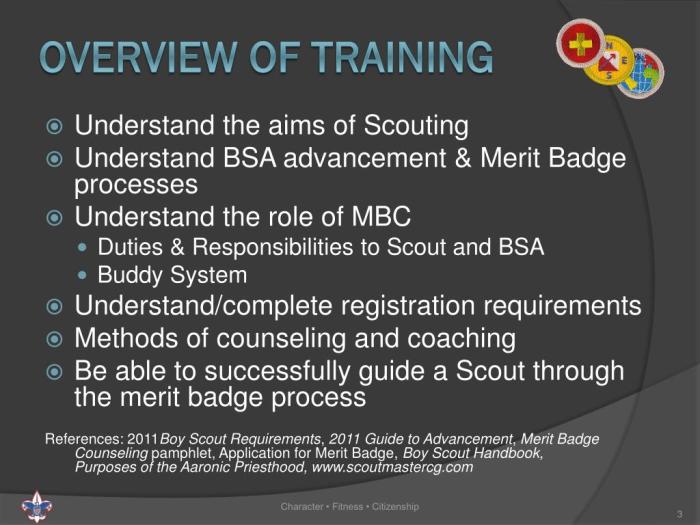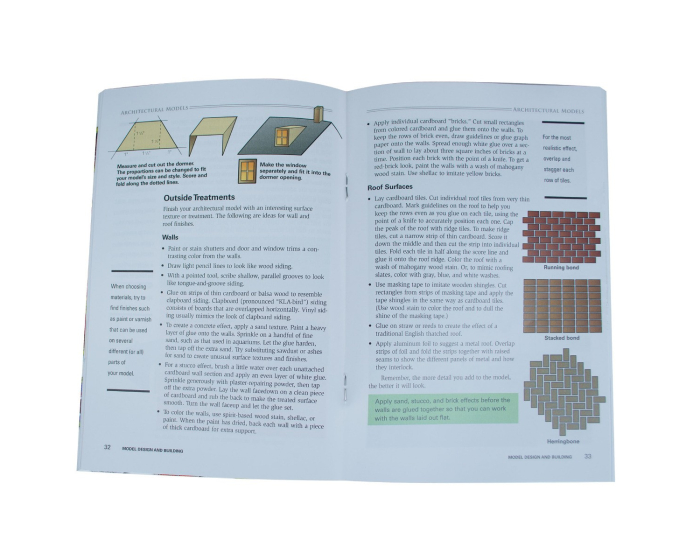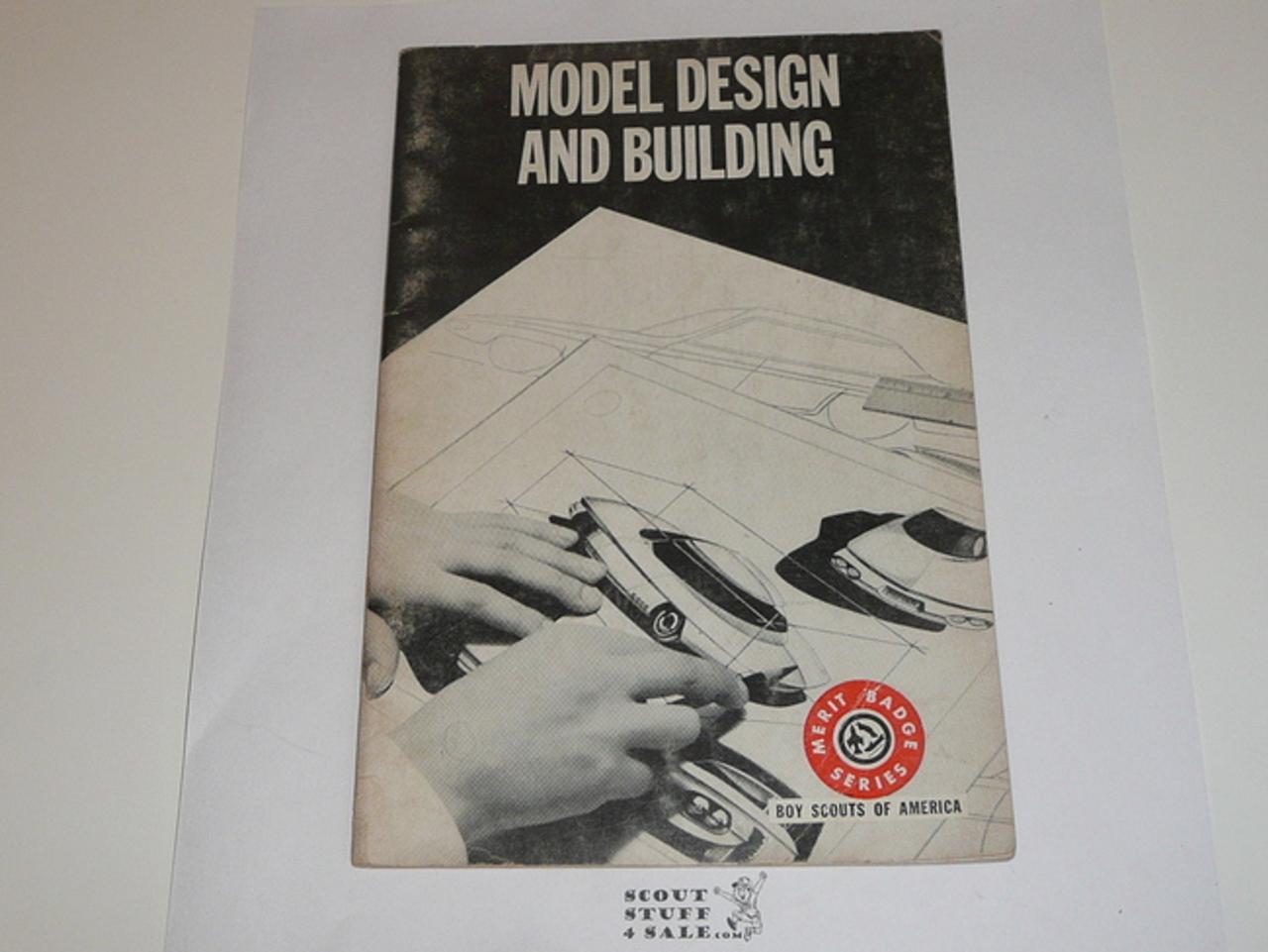Model Design and Building Merit Badge takes center stage as we delve into the fascinating world of model crafting, encompassing its principles, techniques, applications, and ethical considerations. Get ready for an engaging journey that will equip you with the knowledge and skills to excel in this rewarding endeavor.
From understanding the fundamentals of model design to mastering the building process, this comprehensive guide will provide you with a solid foundation. You’ll explore the diverse applications of models across various fields, empowering you to make informed decisions and drive innovation.
Model Design Fundamentals

Model design is the process of creating a representation of a system or process to better understand and predict its behavior. The key principles of model design include:
- Purpose:Clearly define the goals and objectives of the model.
- Scope:Determine the boundaries and limitations of the model.
- Audience:Identify the intended users of the model.
Different types of models include:
- Physical models:Tangible representations of a system, such as a scale model of a building.
- Mathematical models:Equations or formulas that describe the behavior of a system.
- Digital models:Computer simulations that represent a system.
When designing a model, it is important to consider constraints and assumptions. Constraints are limitations on the model’s design, while assumptions are simplifications made to make the model more manageable.
Building Process and Techniques

Constructing a model involves a methodical process that begins with meticulous planning, data collection, and thorough analysis. Adhering to best practices in tool and material selection, model builders ensure precision and reliability in their creations. Through troubleshooting and iterative refinement, models are continuously enhanced, resulting in greater accuracy and dependability.
Planning and Data Collection
- Define the model’s purpose and scope, establishing clear objectives.
- Gather relevant data from various sources, including research, observations, and experiments.
- Analyze the data to identify patterns, relationships, and key variables.
Construction and Tool Usage
- Select appropriate materials and tools based on the model’s requirements and complexity.
- Follow precise instructions or design specifications during construction.
- Utilize specialized tools, such as CAD software or 3D printers, to enhance accuracy and efficiency.
Troubleshooting and Refinement
- Identify potential errors or discrepancies through testing and validation.
- Make adjustments to the model’s design or construction to address identified issues.
- Iteratively refine the model to improve its accuracy, reliability, and performance.
Model Evaluation and Validation
Model evaluation and validation are critical steps in the model design and building process. They ensure that the model accurately represents the real-world system or phenomenon it is intended to simulate or predict.
Model evaluation involves comparing the model’s output to real-world data or observations. This can be done through testing, simulation, or a combination of both. The purpose of evaluation is to determine how well the model performs under different conditions and to identify any areas where it needs improvement.
Testing
Testing involves running the model with known inputs and comparing the output to the expected results. This helps to identify any errors or inconsistencies in the model’s logic or implementation.
Simulation
Simulation involves running the model with a range of inputs to observe its behavior under different conditions. This helps to identify any potential weaknesses or limitations in the model’s design.
Comparison to Real-World Data
Comparing the model’s output to real-world data is the ultimate test of its accuracy. This can be done by collecting data from the real system or phenomenon and comparing it to the model’s predictions.
Uncertainty and Error
It is important to consider uncertainty and error in model results. No model is perfect, and there will always be some degree of uncertainty associated with its predictions. This uncertainty can be due to factors such as the complexity of the system being modeled, the availability of data, and the limitations of the modeling tools.
Examples, Model design and building merit badge
Models are used in a wide variety of applications, including:
- Predicting weather patterns
- Simulating the spread of diseases
- Designing new products
- Optimizing business processes
In each of these applications, models play a critical role in helping us to understand and make decisions about the world around us.
Model Applications in Various Fields: Model Design And Building Merit Badge

Models play a crucial role in various fields, facilitating the understanding, prediction, and optimization of complex systems. They provide insights, aid decision-making, and contribute to advancements across disciplines.
Engineering
- Structural Analysis:Models simulate structural behavior, predicting stresses and deformations to ensure safety and efficiency in buildings, bridges, and other structures.
- Fluid Dynamics:Models analyze fluid flow patterns, optimizing designs for aircraft, ships, and turbines.
- Thermal Analysis:Models predict heat transfer and temperature distribution, aiding in the design of cooling systems, power plants, and electronic devices.
Science
- Climate Modeling:Models simulate climate systems, predicting weather patterns, ocean currents, and the effects of climate change.
- Molecular Modeling:Models represent molecular structures, aiding in drug discovery, protein folding, and understanding biological processes.
- Particle Physics:Models simulate particle interactions, providing insights into the fundamental laws of nature.
Business
- Financial Modeling:Models forecast financial performance, assess risk, and optimize investment strategies.
- Marketing Models:Models analyze consumer behavior, segment markets, and predict demand for products and services.
- Supply Chain Management:Models optimize inventory levels, logistics, and transportation to reduce costs and improve efficiency.
Medicine
- Disease Modeling:Models simulate disease progression, aiding in diagnosis, treatment selection, and prevention strategies.
- Drug Development:Models predict drug efficacy and toxicity, accelerating the discovery and development process.
- Personalized Medicine:Models tailor treatments to individual patients based on their genetic and environmental factors.
Ethical Considerations in Model Design and Building
Model designers and builders have a significant ethical responsibility to ensure that their work is transparent, fair, and accountable. They must consider the potential risks and biases that can arise in model development and take steps to mitigate these risks.
Ethical Responsibilities of Model Designers and Builders
Model designers and builders have a duty to:
- Use data that is accurate, reliable, and representative of the population being modeled.
- Avoid introducing bias into their models, either intentionally or unintentionally.
- Ensure that their models are transparent and interpretable, so that users can understand how they work and make informed decisions about their use.
- Be accountable for the consequences of their models, both intended and unintended.
Potential Risks and Biases in Model Development
There are a number of potential risks and biases that can arise in model development, including:
-
-*Data bias
This can occur when the data used to train a model is not representative of the population being modeled. This can lead to models that make inaccurate predictions or that are biased against certain groups of people.
-*Algorithmic bias
This can occur when the algorithm used to develop a model is biased. This can lead to models that make unfair or discriminatory decisions.
-*Human bias
This can occur when the people who design and build models introduce their own biases into the process. This can lead to models that reflect the biases of the designers rather than the reality of the world.
Guidelines for Ensuring Transparency, Fairness, and Accountability in Model Use
There are a number of guidelines that model designers and builders can follow to ensure transparency, fairness, and accountability in model use. These guidelines include:
-
-*Documenting the model development process
This includes documenting the data used to train the model, the algorithm used to develop the model, and the evaluation results.
-*Making the model available for public scrutiny
This allows other researchers to evaluate the model and identify any potential biases or errors.
-*Providing clear and concise documentation for the model
This documentation should explain how the model works and how it should be used.
-*Monitoring the model’s performance over time
This helps to ensure that the model is still accurate and fair, and that it is not being used in a way that could lead to harm.
Future Trends and Innovations in Model Design and Building

The future of model design and building is poised to be transformed by emerging technologies and advancements. Artificial intelligence (AI), machine learning (ML), and data science are rapidly changing the way models are developed, evaluated, and applied.
AI and ML in Model Development
AI and ML algorithms can automate many tasks involved in model development, such as data preprocessing, feature engineering, and model training. This can free up modelers to focus on more complex and creative aspects of model building, such as designing new model architectures and evaluating model performance.
Data Science for Model Evaluation and Validation
Data science techniques can be used to improve the accuracy and reliability of models. By analyzing large datasets, data scientists can identify patterns and relationships that can be used to improve model design and validation.
Models in Scientific Discovery and Technological Innovation
Models will continue to play a crucial role in scientific discovery and technological innovation. By simulating complex systems, models can help scientists and engineers understand how these systems work and how they can be improved. For example, models are used to design new drugs, optimize manufacturing processes, and develop new energy technologies.
Models in Decision-Making
Models can also be used to inform decision-making in a variety of fields, such as finance, healthcare, and public policy. By providing insights into the potential consequences of different decisions, models can help decision-makers make better choices.
Ethical Considerations
As models become more powerful and influential, it is important to consider the ethical implications of their use. Models can be biased, inaccurate, or misleading, and it is important to be aware of these potential risks.
Final Review

As you embark on this exciting journey, remember the importance of ethical considerations in model design and building. By embracing transparency, fairness, and accountability, you can ensure that your models contribute positively to scientific discovery, technological advancement, and decision-making.
The future of model design and building holds immense promise, with emerging technologies and advancements shaping its evolution. Artificial intelligence, machine learning, and data science will continue to play a pivotal role, empowering us to create models that are more accurate, reliable, and impactful than ever before.
Query Resolution
What are the key principles of model design?
Model design involves defining the purpose, scope, and audience for the model, considering constraints and assumptions, and selecting the appropriate type of model (physical, mathematical, digital).
What is the step-by-step process of building a model?
The building process includes planning, data collection, analysis, using tools and materials effectively, troubleshooting, and refining the model to improve accuracy and reliability.
How are models evaluated and validated?
Models are evaluated and validated through testing, simulation, and comparison to real-world data. It’s important to consider uncertainty and error in model results.
What are some ethical considerations in model design and building?
Model designers and builders have ethical responsibilities to ensure transparency, fairness, and accountability in model use, mitigating potential risks and biases that may arise during model development.




